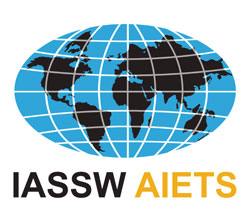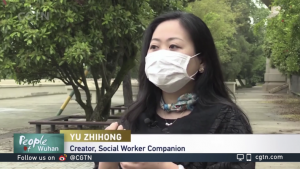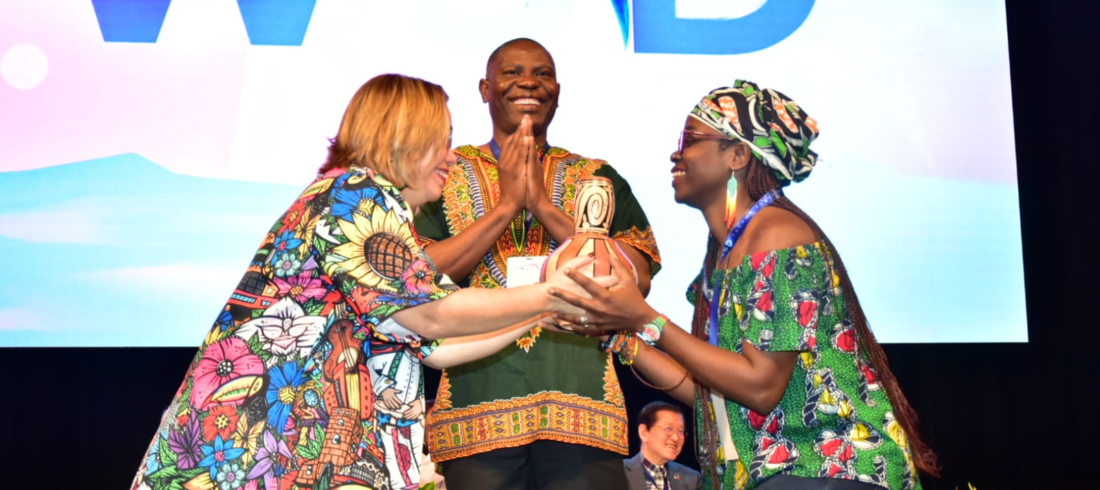A light in the darkest time
By Liu Xiaoan, Good Companion Response Team, Wuhan, China
Email: liu.xiaoan@qq.com
“My mother was up all night. What can I do? Please help her. We can’t wait any longer!” This is one of the messages from online groups seeking help during the COVID-19 pandemic in Wuhan, the epicenter of China’s efforts to contain and combat the pandemic. This request was immediately responded to by She Gong Ban Xing, or Good Companion Response Team (GCRT), initiated on the basis of Inter-disciplinary Bridge Response Team (IBRT) by Dr. Yu Zhihong, associate professor with the School of Sociology, Wuhan University.
In such most difficult and desperate times, if there’s someone or a group of people that can stay with them and provide solutions, this can be a strong power of care, concern and attention between people.
GCRT mobilized a team of professional social workers, students and counterparts and majors of social work across the city via internet when Wuhan was officially locked down. The team also turned to the China Association for Social Work Education and recruited professionals nationwide. As a result, more volunteers, experts and social work supervisors from different cities of China joined to support the team voluntarily. GCRT has quickly grown to a pool of over 500 professional team members from nationwide, providing services for over 3,000 clients via 27 online services groups. GCRT’s efforts are highlighted by their services in the mobile cabin hospitals, where patients were coordinated by social workers to achieve self-management and mutual assistance, while medics employed on temporary contracts could concentrate on those in need. The social workers also helped to organise the patient-volunteers who helped medics with chores at these mobile cabin hospitals. These mobile cabin hospitals accommodated thousands of patients from different locations.
Under the guidance of a three-tier prevention mechanism, this team developed an efficient IBRT service mode, aiming to denote efficient linkage between online and offline resources, between formal and informal support, and between professionals and ordinary people. Various service groups in responding to specific needs of the individuals and families in Wuhan city were established via the WeChat social media platform. Each service group consists of four online volunteers and one community worker (4+1 model). The online team work together with the community worker offline in offering logistics, medical, psychological and referral assistance for isolated patients in designated communities.
As the situation eases, patients have recovered and been discharged and medics have resumed their routine work. Yet the fight continues for GCRT, and for those who lost their nearest and dearest to the coronavirus. Their emotional and psychological wounds may never fully heal. Thus, a program called the “Condolence Services Supermarket” is now on board and the GCRT team is also dedicated to training and supervision for social workers who are now tirelessly visiting the broken families in a bid to restore their physical-psychological conditions and social functions. GCRT’s help may always provide a light for them in their darkest time.











